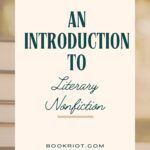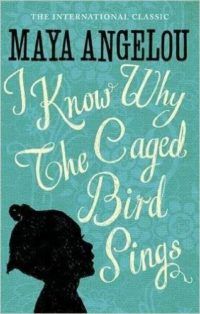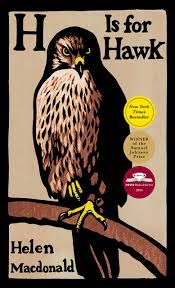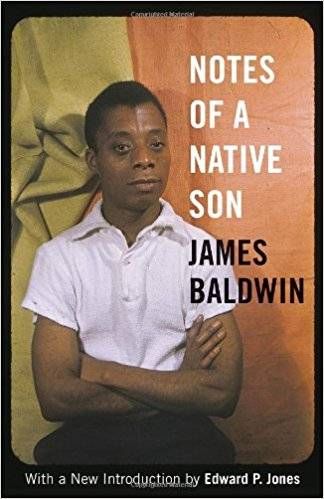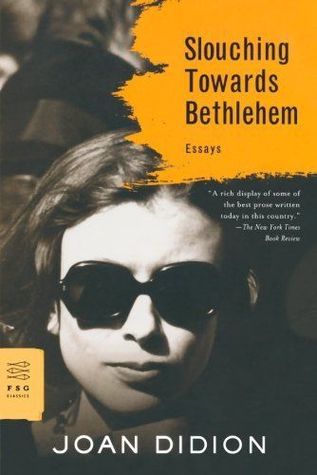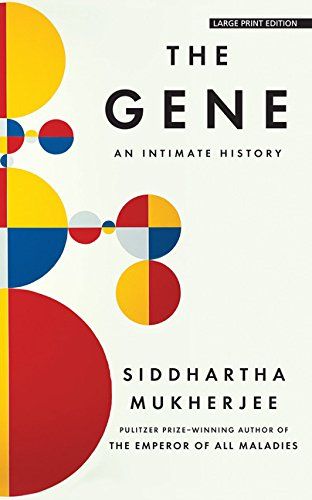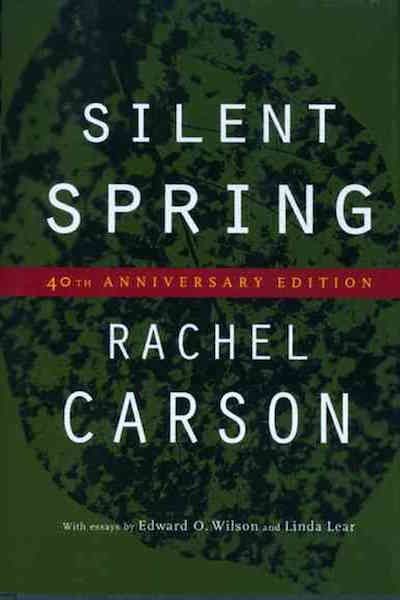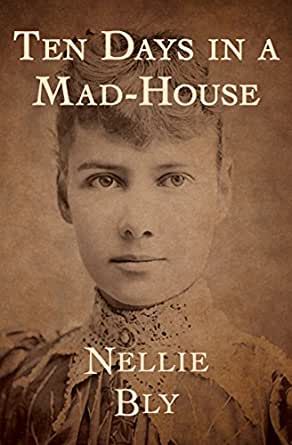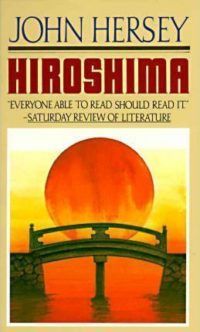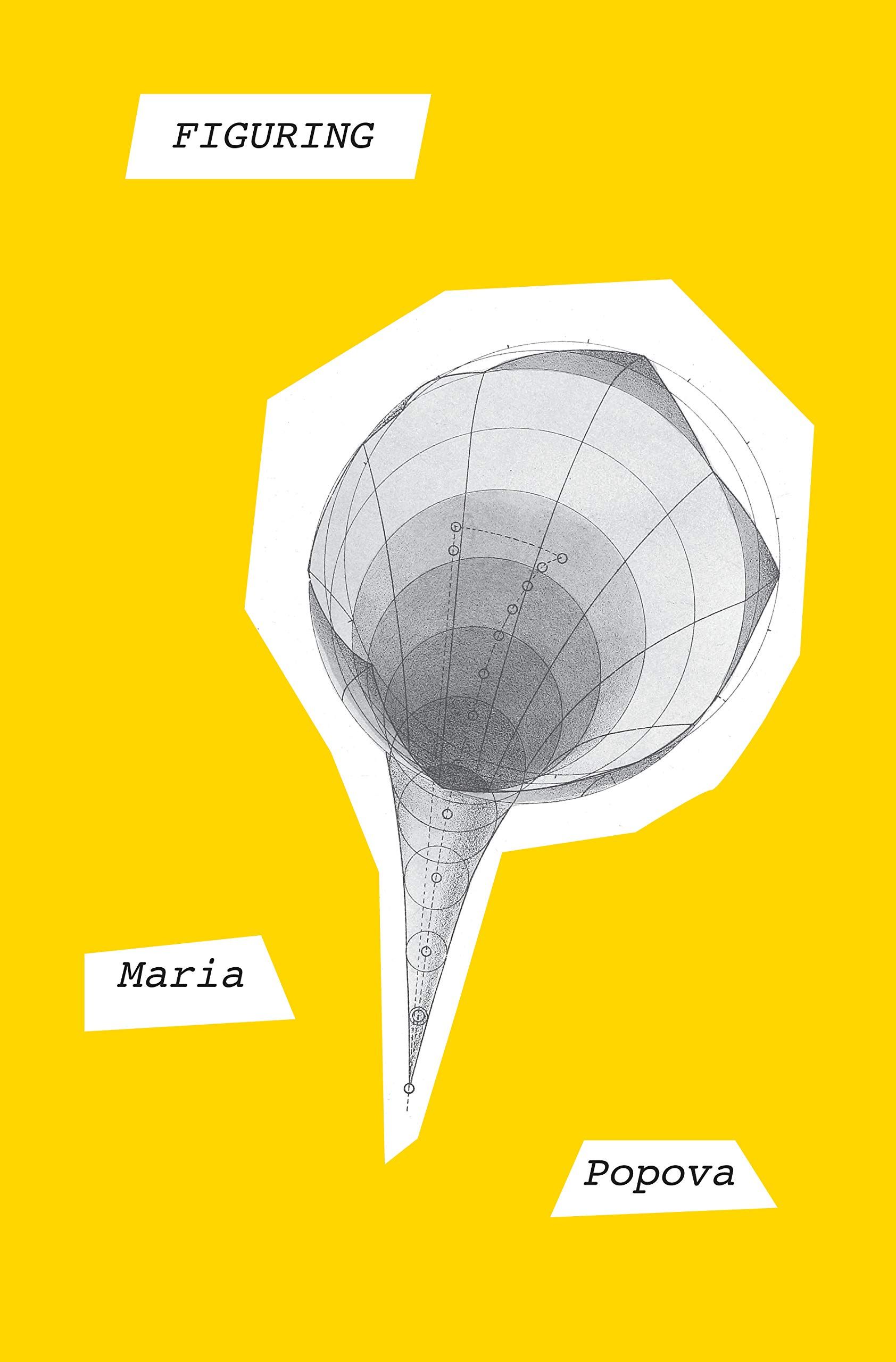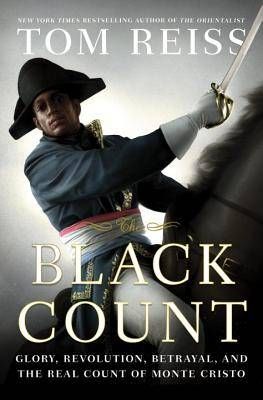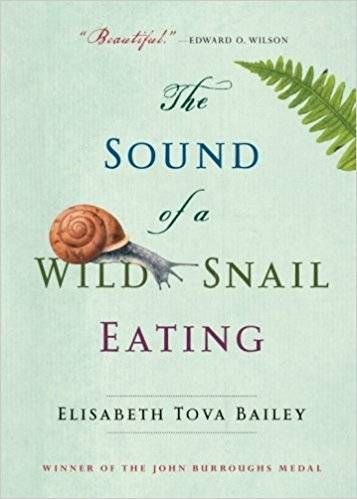Fiction and nonfiction have always shared techniques and approaches. Many novelists do extensive research to recreate a place or a time in the pages of their novels, and this enables them to create intricately detailed scenes, which help draw the reader in. Even speculative fiction narratives that operate in their own worlds conceived by the writers’ imagination often draw from the real world, and from the works of writers before them. Similarly, a mere recitation of dry facts do not make for compelling or convincing reading, and all influential works of nonfiction are characterized by a mastery of the craft and excellence in style. It is, then, a little unfair to define literary nonfiction as nonfiction that borrows elements of style and narration from fiction — since writers of nonfiction have skillfully wielded these tools in their work in all of literary history.
Literary Nonfiction: the Question of Ethics and the Line Between Fact and Fiction
Even though literary or creative nonfiction has been around for a long time, the relatively recent nomenclature and its establishment as a broad genre receiving wider readership has people questioning the propriety of using creativity in the presentation of facts. Can a text that creates or manipulates facts pass off as creative nonfiction? In a 1987 article, Eric Heyne, following a distinction between fictional and factual narratives originally proposed by by John Searle, breaks down the determination of the factual nature of a text into two parts. The first is factual status — whether the writer intends their work to be perceived as factual. The second is factual adequacy — how true the facts that the writer proposes are. In other words, the intention of the author is what determines whether or not a text will be read as nonfiction. On the other hand, for a text, literary or not, to be factually adequate, or good nonfiction, its factual correctness has to pass the scrutiny of its readers. The scope for creativity in nonfiction is vast in style, structure, and narrative, but writers of good creative nonfiction cannot create facts or use their craft to deceive readers or manipulate the truth. The contract between the writer and the reader should be explicit — the narrative should allow the reader to distinguish between creative maneuvers by the author and objective truths. Literary nonfiction often involves more in-depth research, for the literary narrative has to be detailed to be compelling, and at the same time factually correct.
Types of Literary Nonfiction
Almost any subject under the sun can be approached with a creative, refreshing take and with the right arsenal of literary tools by the right person. Understandably, literary nonfiction comes in many forms. It can be personal, like memoirs, autobiography, or personal essays. It can be topical, like history, science writing, and nature writing. Here are some popular sub-genres of literary nonfiction, with reading recommendations for each.
Lyrical Memoir
The lyrical memoir is probably the flag bearer of the genre at the moment, with its seamless blending of personal stories with larger themes that resonate with readers, as well as poetic, engrossing narratives. Unlike autobiography, in which the author talks about their whole life, memoirs have a specific focus. Following are two examples, and you can find more here.
Personal Essays
In personal essays, a writer might explore a variety of subjects through a subjective, personal stand point. The are often anchored by a personal event that impacted the writer’s life or world view in a major way. Personal essay collections are a great point of entry into the genre, with their shorter format and specific narrative threads that hold the reader’s interest. Here are a couple to get you started. Want more? Here is a list of 50 must-read contemporary essay collections.
Science Writing
Creative, literary treatment of scientific subjects make them accessible to lay-readers, and there are many authors today who write on a wide variety of scientific topics in engaging prose. My personal favorite are science history books, which not only break down complex scientific concepts, but also provide an account of the path through which humans arrived at this knowledge, a journey which is often as nail-biting as thrillers. You can find more recommendations here.
Narrative Journalism
Narrative journalism is reportage that uses techniques of storytelling to construct a gripping, but factual narrative. Through the use of literary techniques, narrative journalism often manages to have greater sway over the opinions of readers, and authors of this genre have sometimes successfully drawn public attention to injustices and catalyzed change. Here are some more examples of narrative journalism.
Narrative History
History is overflowing with important and exciting true stories waiting to be told. Any well written historical narrative can potentially read like a novel. Another genre that is a personal favorite, it is replete with gems that blend extensive research with skillful prose.
Quotidian Nonfiction
I stumbled across this beautiful term in an essay in Creative Nonfiction, and it neatly fits two of the best nonfiction books I read recently. In the essay, Patrick Madden, author of Quotidiana, a collection of essays inspired by the commonplace, talks about the pleasures of slowing down to meditate on the ordinary components of everyday life. Another relatively recent and well known example of this category is Ross Gay’s uplifting Book of Delights. Indeed, there is something refreshingly calming to read about the quotidian, and the languorous, reflective tone of such books can accommodate exquisitely elegant prose. The books and sub-genres discussed in this article are a very small fraction of what literary nonfiction has to offer, but I hope it will serve as a good introduction — especially if you are primarily a reader of fiction who is trying to get into nonfiction. Once you are through with this list, we have more books that you can read here and here.
